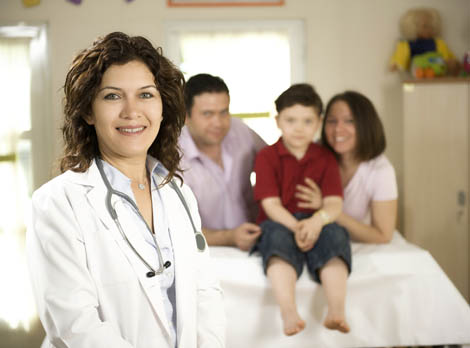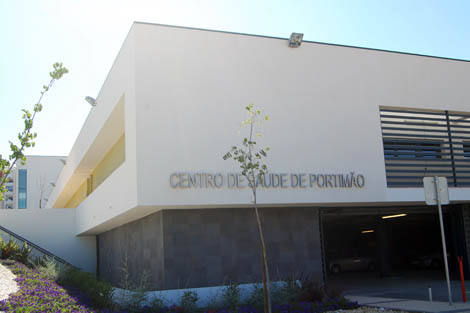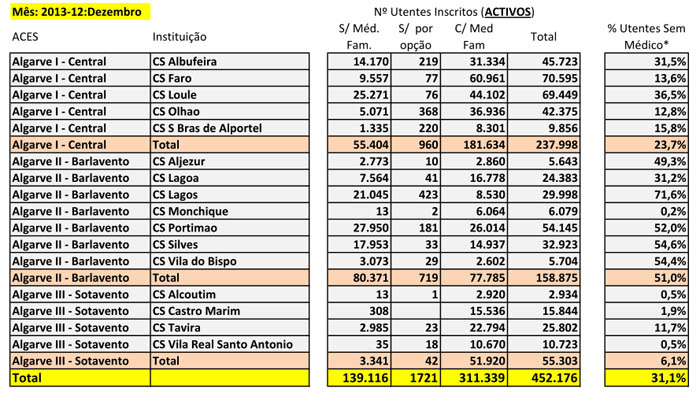 In the Algarve, there are 139.116 users without a family doctor, which corresponds to 31,1% of the total, according to data from last December by the Algarve Regional Health Administration, which Sul Informação had access.
In the Algarve, there are 139.116 users without a family doctor, which corresponds to 31,1% of the total, according to data from last December by the Algarve Regional Health Administration, which Sul Informação had access.
The most serious case of lack of a family doctor is that of the Lagos Health Center, where almost three quarters of users (71,6%) do not have a doctor.
In fact, the Barlavento Group of Health Centers (ACES), which includes Aljezur, Lagoa, Lagos, Monchique, Portimão, Silves and Vila do Bispo, is the most deprived of family doctors in the entire Algarve, as more than half (51%) of its 158.875 users are still waiting.
Interestingly, even in this ACES there are very different situations: in addition to Lagos, there is a great shortage of doctors in the Health Centers of Silves (54,6%), Vila do Bispo (54,4%), Portimão (52%) or even Aljezur (49,3%), but in Monchique, of the 6079 users, only 13 (0,2%) do not have it and, even of those, two do so by choice.
 Values almost as low only appear in Vila Real de Santo António and Alcoutim, both with only 0,5% of users without a doctor, or even 1,9% in Castro Marim, all from ACES do Sotavento, whose average is 6,1 %, the lowest in the Algarve region.
Values almost as low only appear in Vila Real de Santo António and Alcoutim, both with only 0,5% of users without a doctor, or even 1,9% in Castro Marim, all from ACES do Sotavento, whose average is 6,1 %, the lowest in the Algarve region.
In the ACES of the Central Algarve, which has an average of 23,7%, the highest percentage of users without a family doctor is found in the Health Centers of Loulé (36,5%) and Albufeira (31,5%) and the lowest in Olhão (12,8%), Faro (13,6%) and São Brás de Alportel (15,8%).
According to an audit by the Court of Auditors (TC) revealed on Friday, the number of users without a family doctor has increased by 24% since 2006, despite this being the year of the emergence of the first Family Health Units (USF).
According to the TC, the objective of the primary health care reform that created the USF was to assign a family doctor to each registered user, but this did not happen, quite the contrary. With the exception of 2012, since the implementation of the USF in 2006, the number of registered users without a family doctor has actually grown by 24%.



















Comments